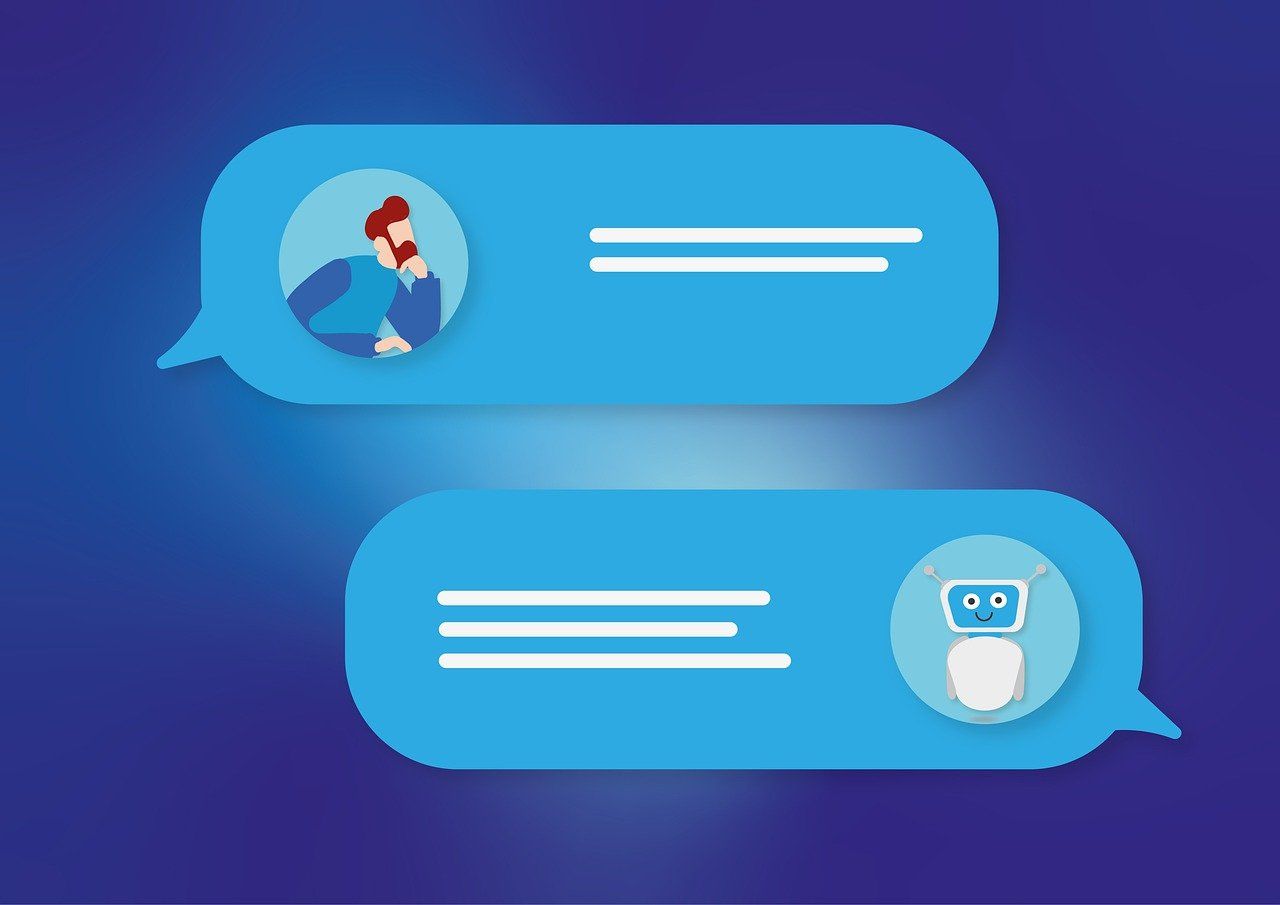
The Role of Natural Language Processing in Chatbot Evolution
 Chatbots have become an integral part of our digital landscape, revolutionizing how we interact with technology. At the heart of this evolution lies Natural Language Processing (NLP), a field of artificial intelligence that enables machines to understand, interpret, and generate human language. This blog post explores how NLP has shaped the development of chatbots, transforming them from simple rule-based systems to sophisticated conversational agents.
Chatbots have become an integral part of our digital landscape, revolutionizing how we interact with technology. At the heart of this evolution lies Natural Language Processing (NLP), a field of artificial intelligence that enables machines to understand, interpret, and generate human language. This blog post explores how NLP has shaped the development of chatbots, transforming them from simple rule-based systems to sophisticated conversational agents.
The Foundations of NLP
Natural Language Processing combines linguistics, computer science, and artificial intelligence to bridge the gap between human communication and computer understanding. Key aspects of NLP include:
- Syntax: Analyzing sentence structure
- Semantics: Interpreting meaning
- Pragmatics: Understanding context and intent These foundations allow chatbots to process and respond to human inputs more effectively.
Early Chatbots: Rule-Based Systems
The first chatbots were rule-based, relying on pattern matching and predefined responses. ELIZA, developed in the 1960s, exemplified this approach. While groundbreaking, these early chatbots had significant limitations:
- Limited vocabulary and understanding
- Inability to learn or adapt
- Lack of context awareness
The NLP Revolution in Chatbot Technology
The integration of machine learning and deep learning techniques in NLP marked a turning point in chatbot development. This shift allowed for:
- Improved language understanding
- More natural and contextually appropriate responses
- The ability to learn from interactions
Key NLP Techniques Driving Chatbot Evolution
Several NLP techniques have been crucial in advancing chatbot capabilities:
Named Entity Recognition (NER)
Identifying and classifying named entities (e.g., person names, locations) in text.
Sentiment Analysis
Determining the emotional tone behind words to understand user feelings.
Intent Classification
Categorizing user inputs to understand the purpose or goal of a message.
Context Understanding
Maintaining conversation history to provide more relevant and coherent responses.
Advanced NLP Models in Modern Chatbots
The advent of transformer models like BERT and GPT has further revolutionized chatbot technology. These models offer:
- Enhanced language understanding and generation
- Ability to handle complex, multi-turn conversations
- Improved contextual awareness
Real-World Applications and Impact
NLP-powered chatbots have found applications across various industries:
- Customer service: Providing 24/7 support and handling routine queries
- Virtual assistants: Helping with tasks like scheduling and information retrieval
- Healthcare: Offering mental health support and medical information
Challenges and Ethical Considerations
As chatbots become more advanced, several challenges emerge:
- Bias in language models
- Privacy concerns related to data collection and storage
- The "uncanny valley" effect in human-chatbot interactions
The Future of NLP in Chatbot Technology
Looking ahead, we can expect:
- More human-like conversations
- Enhanced multimodal capabilities (combining text, voice, and visual inputs)
- Improved emotional intelligence and empathy
Conclusion
Natural Language Processing has been the driving force behind the evolution of chatbots, transforming them from simple question-answering tools to sophisticated conversational agents.
As NLP continues to advance, we can anticipate even more remarkable developments in chatbot technology, further blurring the line between human and machine communication.
Related Articles


